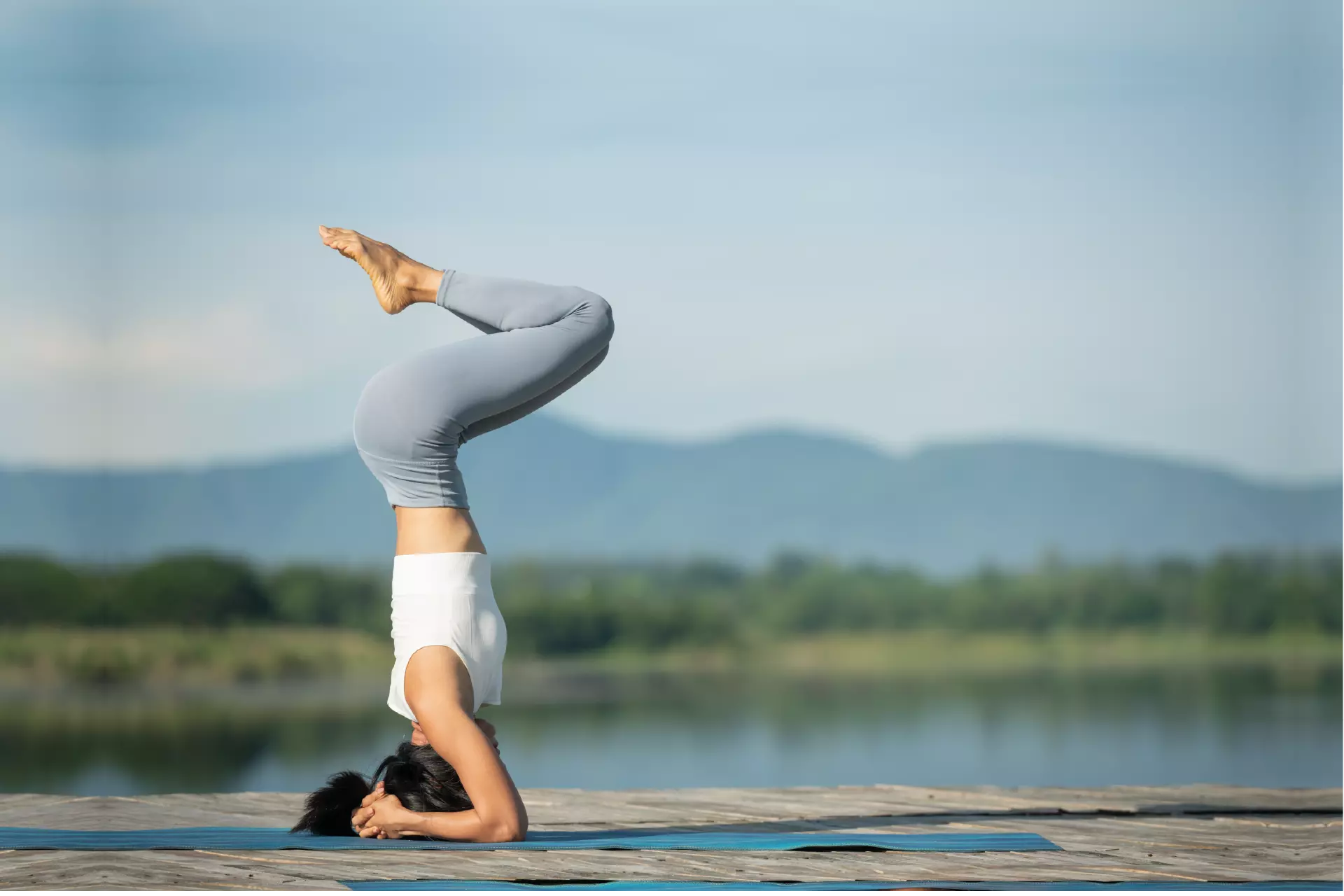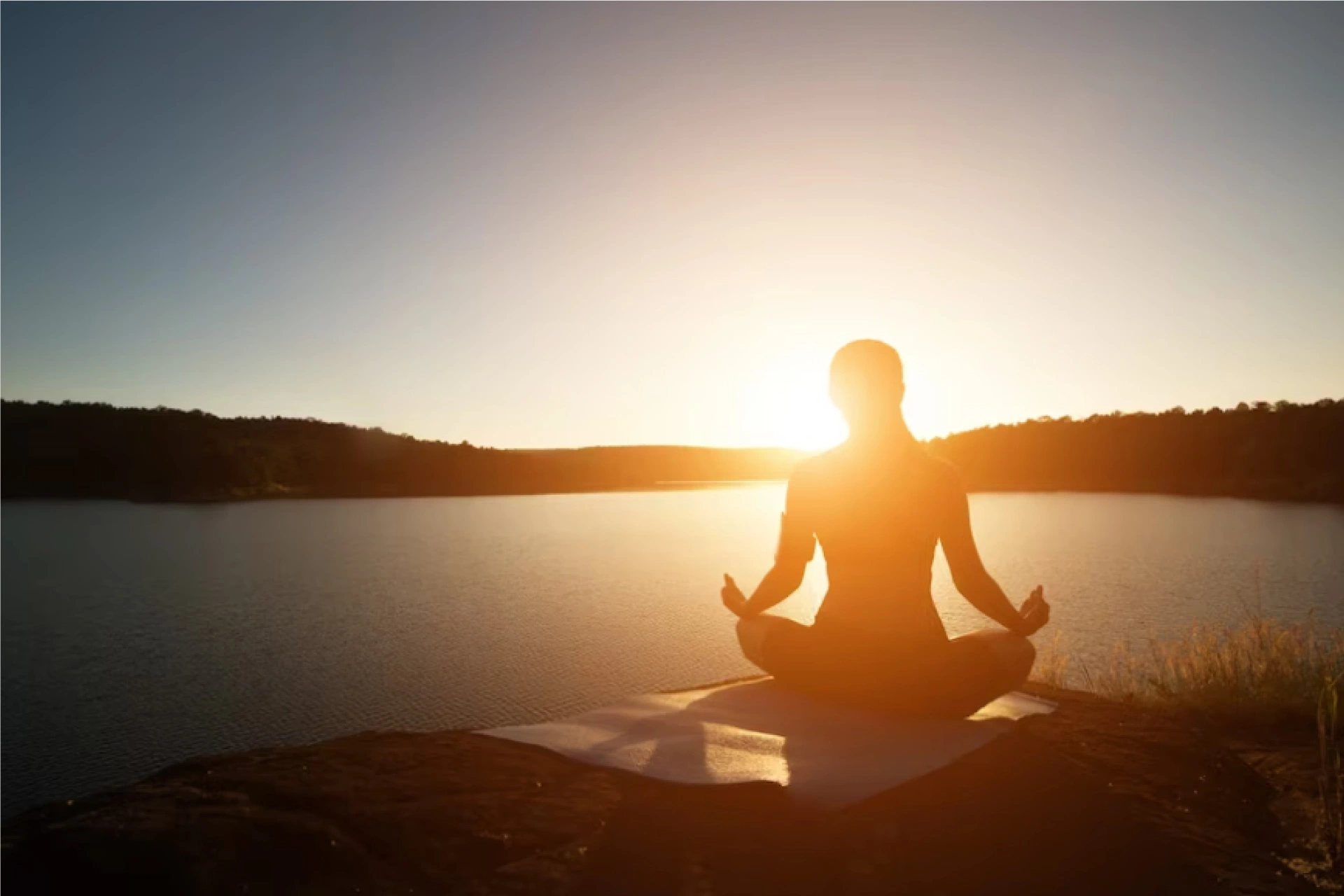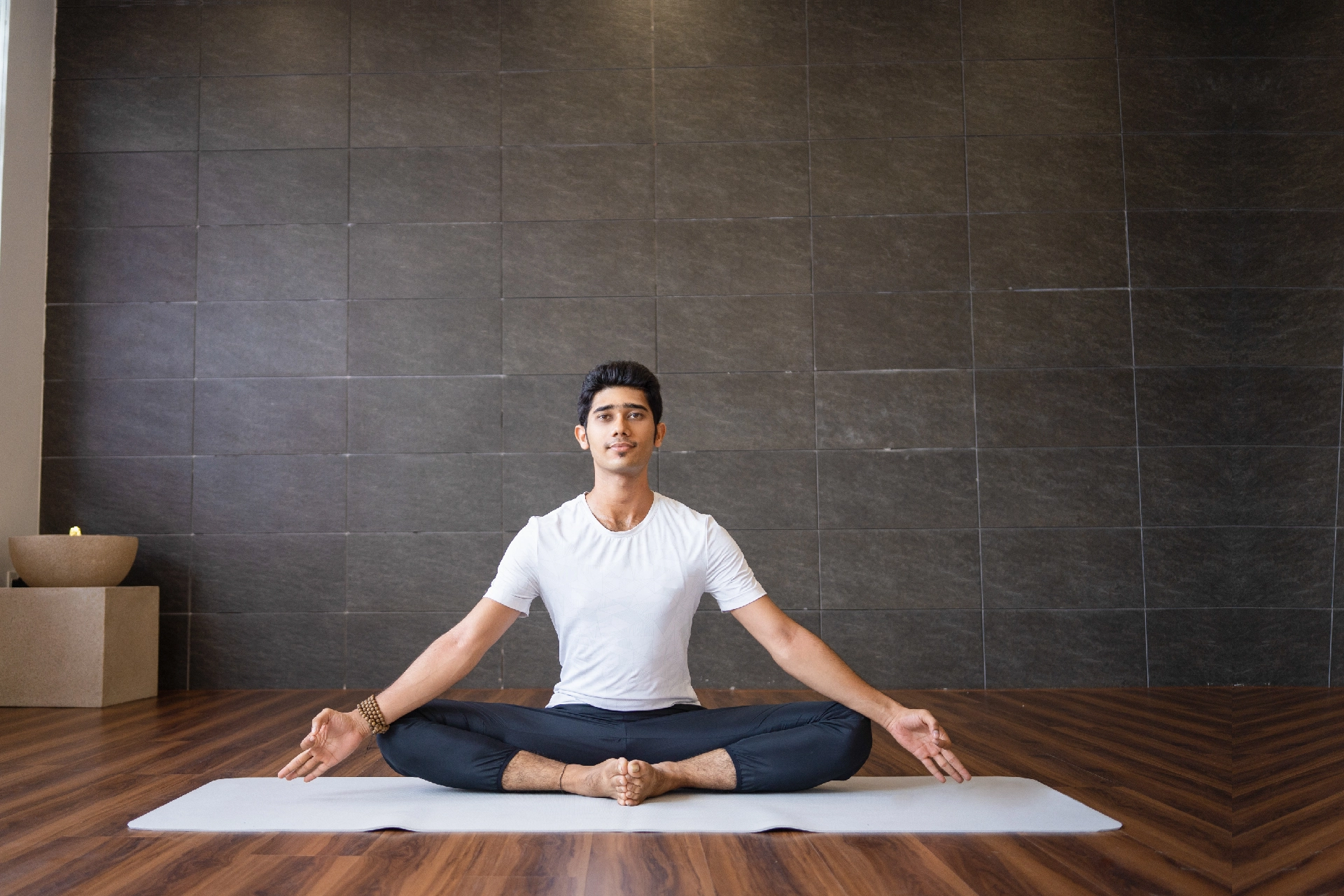Physiotherapist | 7 min read
8 Different Types of Yoga: How to Practice Them With Benefits
Medically reviewed by
Table of Content
Synopsis
Yoga benefits are not only limited to physical well-being but also play a great role in mental well-being. Practicing yoga is easy, and the benefits you get from them are long-lasting. This blog discusses various yoga positions and their benefits and shares tips for practicing them appropriately.
Key Takeaways
- Yoga improves posture, flexibility, and body strength
- Yoga helps you sleep better and fill you with positive energy
- To enhance the benefits of yoga, one must practice it regularly
Types of yoga are based on a very subtle science. The word "yoga" was first mentioned In the ancient text, known as the Rig Veda. Yoga is derived from the word Yuj, which means "union" or "to join" in Sanskrit. [1] Despite having roots in northern India more than 5,000 years ago, yoga has now become a global phenomenon.
This blog will shed light on the types of yoga and how you can practice each yoga type with perfection and avail the several benefits they provide.
What Are The Different Types Of Yoga?
Following are the different types of yoga that everyone should know:
Hatha yoga
Different types of asanas practice have frequently been referred to as Hatha Yoga (postures). Hatha yoga (pranic awakening practices) helps awaken the two energies that are known to guide our lives because the syllables "ha" and "the" mean the pranic (vital) force governing the physical body and the "Chitta" (mental) force, respectively.
Asana, mudras, the six shatkarmas (physical and mental detoxification techniques), bandhas (psycho-physiological energy release techniques), and pranayama are all part of the Hatha Yoga system. It's a wonderful yoga to unwind, calm the body and mind, and hone your foundational pose technique.
Additional Read: Hatha Yoga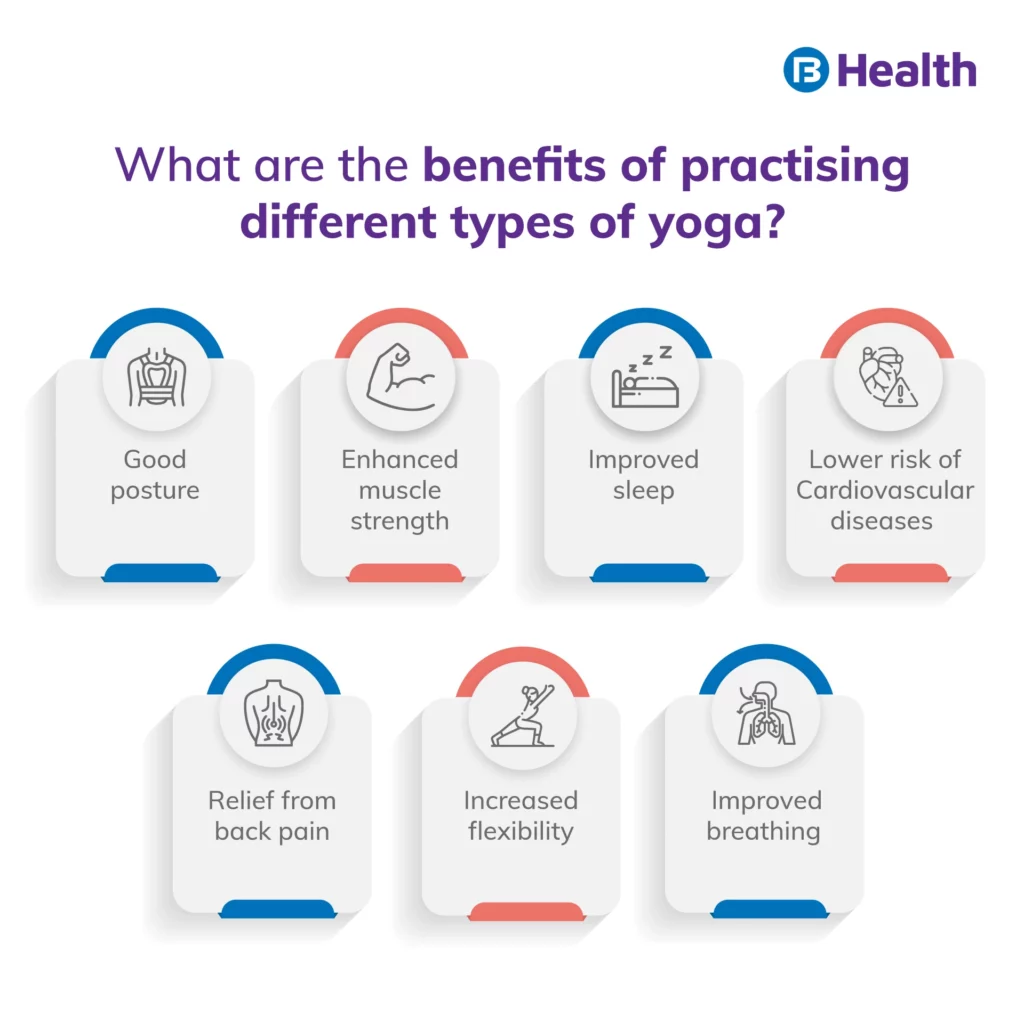
Vinyasa yoga
The term Vinyasa literally means "a flow" in yoga. Vinyasa is made up of two parts: "Vi", which means variation, and "Nyasa", which means within predetermined bounds. The types of yoga asanas are typically performed in a flowing pattern known as "vinyasa flow." The fluid movements can be learned and performed as a moving meditation resembling dancing. This yoga helps with general body alignment, lengthening, strengthening, and toning. In addition, its dynamic nature will aid in developing stamina, endurance, and cardiovascular fitness.
Additional Read: Vinyasa YogaAshtanga
Ashtanga is known as "Ashta + anga" in Sanskrit. Therefore, it is also known as the "Eight Limb Path" because "Ashta" means eight, and "Anga" means limbs. It is based on Patanjali's Yoga Philosophy. Ashtanga yoga synchronizes breath, drishti (meaning: gaze point) and posture for a flowing practice that builds internal heat. It helps with strength development, nervous system purification, and mental relaxation.
Additional Read: What is Ashtanga YogaIyengar
B.K.S. Iyengar, a well-known yogi from India, is the inspiration behind this yoga style, which is also premised on the Eight Limbs of Yoga. Alignment and accuracy are the main focuses of Iyengar yoga. Unlike Vinyasa or Ashtanga, the poses in this yoga are held longer. The precision, sequence, and use of props are the three ways it differs from other different types of yoga asanas.For people learning yoga for the first time, the Iyengar school of yoga offers an extensive framework. It helps them understand the subtleties of postures and develop a safe, healthy alignment unique to the beginner.
Kundalini yoga
Kundalini yoga, also referred to as the "yoga of awareness," entails repeated poses. The dormant kundalini, Shakti, is awakened by kundalini yoga. Japa yoga requires awareness about the consciousness state of Mantra yoga, chanting techniques, and the effects of mantra for the practitioner. The chakras, or psychic centers, that exist in each person are the focus of this school of yoga. You can practice "kriyas" in this yoga style, such as powerful, repetitive arm movements, breathwork, and hand gestures, to strengthen the nervous system and promote mental endurance. It supports the development of spiritual practice while bolstering intuition and willpower.
Bikram yoga
In the 1970s, Bikram Choudhury developed Bikram yoga. There are two breathing exercises and twenty-six yoga postures. These types of yoga must be completed in a heated room within 90 minutes. The body can move more easily due to heat, which can also reduce joint stiffness, improve blood flow, strengthen the immune system, and release endorphins. Bikram yoga is beneficial for avoiding injuries, regaining balance and flexibility, improving breath awareness, and increasing mental stamina.
Restorative yoga
Slowing and opening your body through passive stretching are the main goals of the restorative types of yoga. It is a form of meditation that emphasizes the union of the body and mind, a key component of yoga. As tension is released from the body and the mind when the body is in a state of relaxation, it aids the mind in relaxing consciously.
Yin Yoga
Yin yoga uses passive, longer-held types of yoga poses to work deeply into our bodies. It consists of a series of passive, long-held floor positions that primarily target the lower body's hips, pelvis, inner thighs, and lower spine.
How to Practice the Different Types of Yoga?
Different types of yoga require different postures and rules to be followed. However, there are some common factors that are necessary to practice any yoga poses. Let’s check them out below:
Establish a welcoming space where you can practice yoga
One of yoga's many benefits is that you can practice it almost anywhere. It would be ideal to have a quiet room in your home where you could practice yoga every day. If that is not possible for you, then try and find a spot where it is peaceful and quiet, with as much space around you as possible.
Purchase your yoga equipment
Candles and incense are optional and not at all required to practice yoga. A non-slip yoga mat is all you really need. In addition, you would not want tight, body-hugging clothing to get in the way of wide stretches, so opt for loose, comfortable clothing instead. Finally, given how useful the wall is as a prop, an empty section of it can also come in handy.
Stay healthy and avoid injury
Before beginning more challenging yoga postures, stretch your body out and warm it up. This will help you become more flexible. Yoga poses should be simple and easy to learn at first to avoid injury.
Regular yoga practice
It is crucial to practice yoga consistently. However, do not overdo it; instead, make it an enjoyable activity. A 10-minute yoga session still counts as practice, and you can increase it gradually.
Include a wide variety of yoga poses
If this is your first time practicing yoga, beginning a flow on your own might be challenging, but that's okay! Try out different yoga poses and breathing exercises. If you have little time, schedule a particular set of asanas to perform each day.
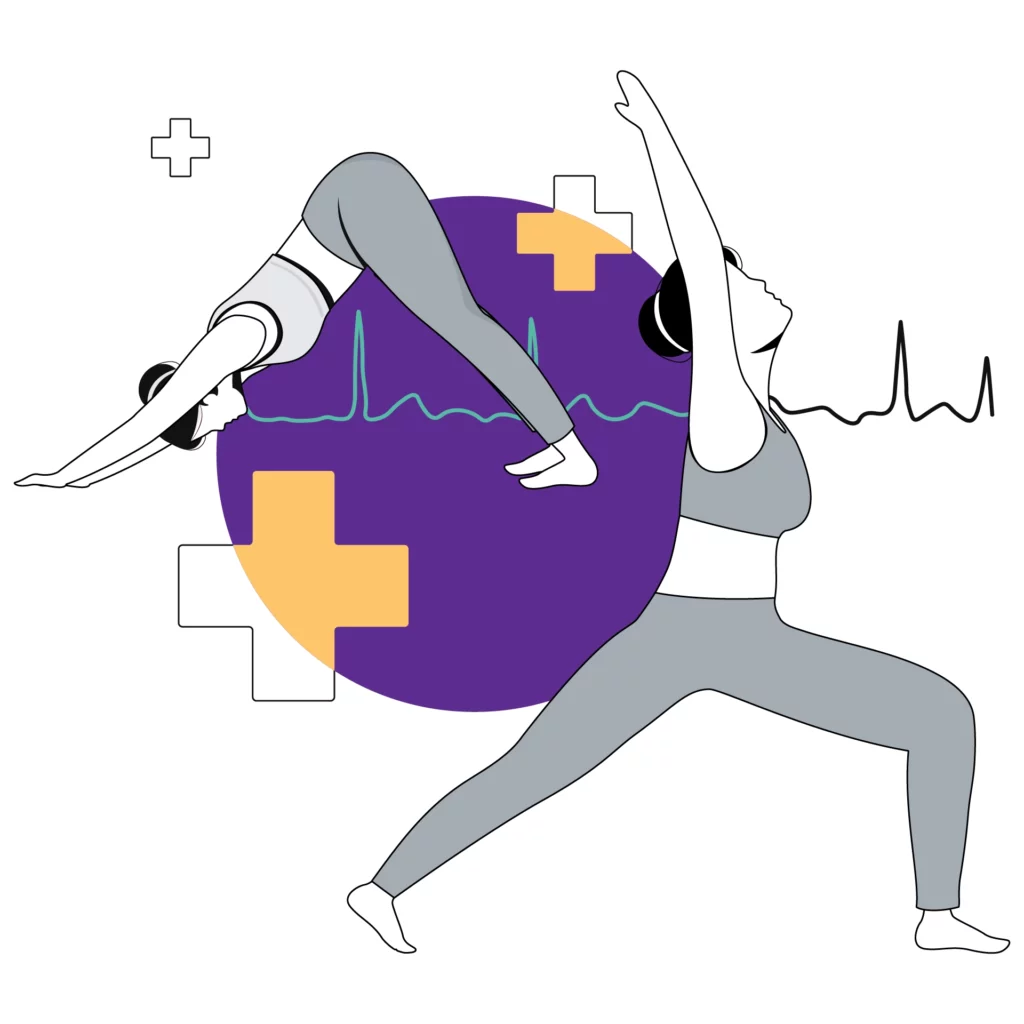
Benefits Of Practicing Yoga
Yoga enhances flexibility, balance, and strength
One of the first and most obvious advantages of yoga is increased flexibility. Yoga must become a daily habit to get a strong, flexible, and supple body. The muscles in the body are stretched, toned, and strengthened through regular yoga practice. Additionally, it aids in bettering your body's posture while you walk, stand, sit, or sleep.
Yoga provides relief from back pain
Long periods of time spent sitting at a desk can be bad for your spine and make you feel exhausted at the end of the day. Synovial fluid is released into the spinal column when the spine is moved in a safe, healthy manner. Inversions and postures that lengthen the spine, such as Downward Facing Dog, can help to hydrate and revitalize the spine.
Yoga improves your breathing
Beginners frequently struggle with yoga's emphasis on breathing, but moving with the breath comes naturally with practice. There is a lot of evidence that breathing exercises can enhance lung function. [2] Long-term practice of such exercises could resolve respiratory issues. Additionally, it expands the size of your lungs.
Yoga is beneficial to the cardiovascular system
Yoga is long known for bringing down blood pressure and slowing the heart rate. Exercises like the handstand encourage the return of venous blood or deoxygenated blood from the lower body to the heart, where it can be pumped back to the lungs for oxygenation. Yoga can also be practiced to address several risk factors for heart disease, such as high blood pressure and obesity.
Yoga fosters quality sleep
Yoga asanas like restorative asana, yoga nidra (a type of guided relaxation), sav asana, and pranayama can help relieve the stress of modern life. Yoga aids in reducing stress and establishes routines, promoting regular and healthy sleep patterns.
All types of yoga benefit practitioners in one form or another. Practicing it as a routine is always recommended, but practicing it incorrectly won't benefit you. So, it is better to take lessons from an experienced trainer. Even though it is an elementary exercise routine, it is always recommended to consult a general physician before doing intricate positions. You can also make an online appointment with the experts at Bajaj Finserv Health if you are still deciding whether you should start yoga and how it can help treat your medical conditions.
References
- https://yoga.ayush.gov.in/Yoga-History/#:~:text=The%20word%20'Yoga'%20is%20derived,and%20body%2C%20Man%20%26%20Nature.
- https://www.lung.org/lung-health-diseases/wellness/breathing-exercises
Disclaimer
Please note that this article is solely meant for informational purposes and Bajaj Finserv Health Limited (“BFHL”) does not shoulder any responsibility of the views/advice/information expressed/given by the writer/reviewer/originator. This article should not be considered as a substitute for any medical advice, diagnosis or treatment. Always consult with your trusted physician/qualified healthcare professional to evaluate your medical condition. The above article has been reviewed by a qualified doctor and BFHL is not responsible for any damages for any information or services provided by any third party.
